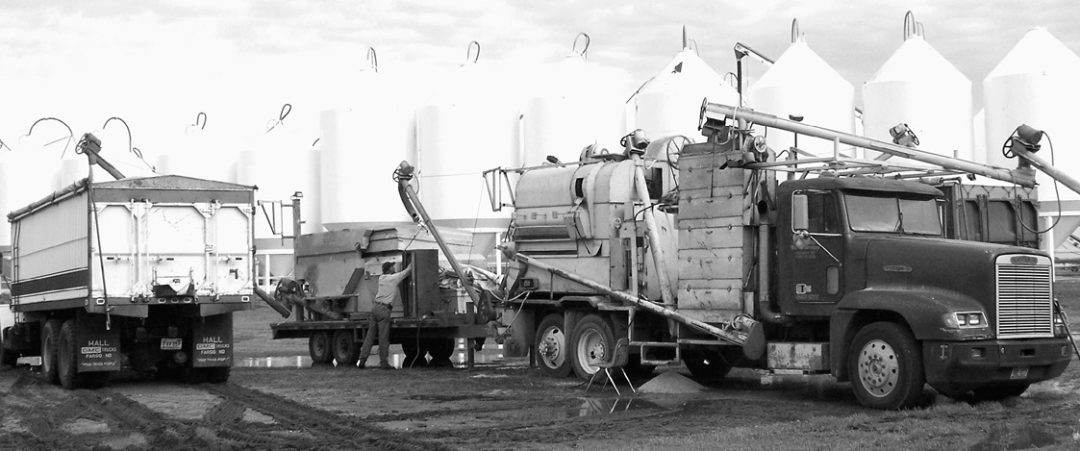No-Till Farmer
Get full access NOW to the most comprehensive, powerful and easy-to-use online resource for no-tillage practices. Just one good idea will pay for your subscription hundreds of times over.

Name: Dennis Haugen
Location: Hannaford, N.D.
Years Of No-Tilling: 21
Acres No-Tilled: 4,000
No-Tilled Crops: Wheat, soybeans, corn (has also grown barley, dry edible beans, field peas and flax)
If your familiar with the cyclical weather patterns (very dry to very wet) we’ve experienced in North Dakota since I started no-tilling in 1986, the fact that I’m still in business might say an awful lot. Not only am I still no-tilling, but I have expanded from 1,000 to 4,000 acres of cropland. And thanks to the many hours I no longer have to spend in the field, I’ve built up a busy grain cleaning and processing business.
When a friend and I started experimenting with no-till in the mid-1980s, we were in the middle of a long dry spell. We were basically looking for any system that would save moisture. We knew from sad experience that multiple tillage trips across the fields just turned them to dust and enabled the wind to blow away valuable soil. At that time, we were mostly in small grains and sunflowers, and we didn’t have the arsenal of chemicals and genetics we have today. So no-tilling (or direct seeding, as it’s often called in our area) was a challenge.
Since then, our weather patterns have shifted from near-drought through a long period of excessive precipitation. Lately, we’re settling back to somewhere close to our long-time average. And we’ve got a lot of new tools to make no-till work.